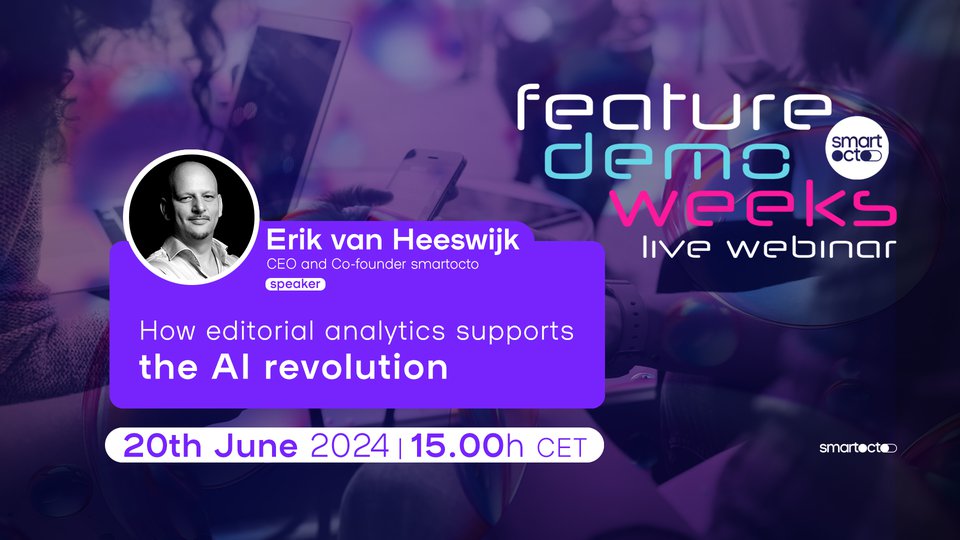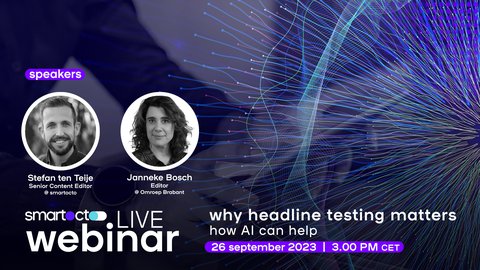Welcome to smartocto.ai – your gateway to artificial intelligence in journalism.
On this page, you'll find the latest updates on the AI-driven features developed by smartocto to help newsrooms work smarter.
Media futurists see Artificial Intelligence (AI) and Large Language models (LLMs) like ChatGPT as the meteor that’s immediately changed the lives of publishing dinosaurs - even if they don’t know it yet. The real question now is: what does meaningful, valuable use of AI in journalism actually look like?
Smartocto.ai offers five simple, effective ways to introduce AI into your newsroom workflow:
- Advanced headline testing – find out what truly resonates with your audience
- Automatic content classification – including user needs tagging, for smarter distribution
- Smart story rewriting – improve clarity, tone and structure with AI support
- Timing optimisation – publish at the perfect moment, every time
- An intelligent virtual assistant – always available to support your editorial decision-making
Explore how AI can strengthen editorial processes, enhance audience engagement and futureproof your newsroom – with tools built specifically for journalism.



